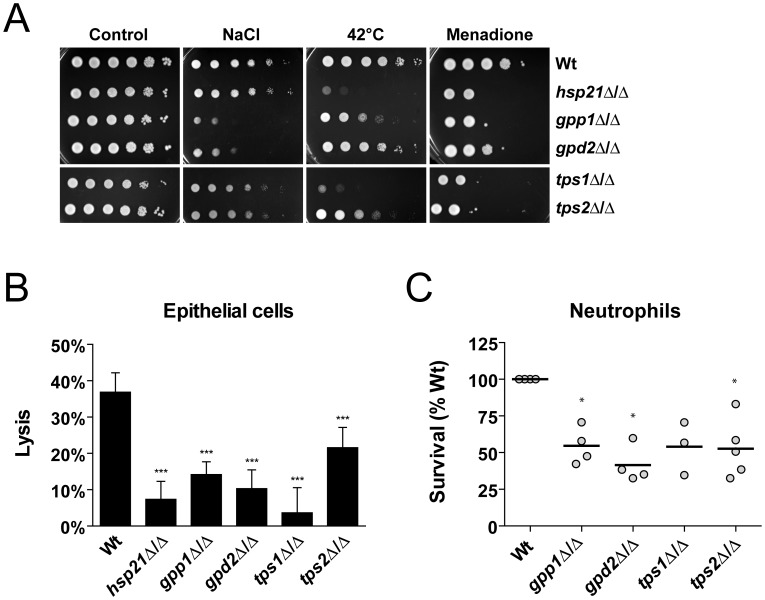Figure 7. Mutants defective in trehalose synthesis phenocopy HSP21 deletion.
(A) Drop test analysis with serial dilutions of the wild type (Wt) and the indicated mutant strains on SD minimal medium under different environmental stresses, including osmotic stress (1.5 M NaCl), thermal stress (42°C) and oxidative stress (0.4 mM menadione). Plates subjected to thermal stress were incubated for 4–5 days, cells grown under non-stress (control), osmotic or oxidative stress for 2–3 days at 37°C. Experiments were repeated at least twice yielding similar results. Representative pictures are shown. (B) Capacity of the indicated strains to damage oral epithelial cells. Monolayers of epithelial cells were infected with the different strains for 15 h and host cell damage was then quantified by measuring LDH levels. Results are the mean ± SD of two independent experiments, each performed in septuplicate. ***P<0.0001 compared with the wild type strain. (C) Neutrophil killing assay. Cells of the indicated strains were exposed to human neutrophils for three hours and viability was then determined by plating on YPD agar. Wild type survival was set to 100%. BWP17+CIp30 was used as wild type control for gpp1Δ/Δ and gpd2Δ/Δ, and CAI4+CIp10 was used as wild type control for tps1Δ/Δ and tps2Δ/Δ. Experiments were performed at least three times. The bar represents the mean of the single values. *P<0.01 compared with the wild type.

